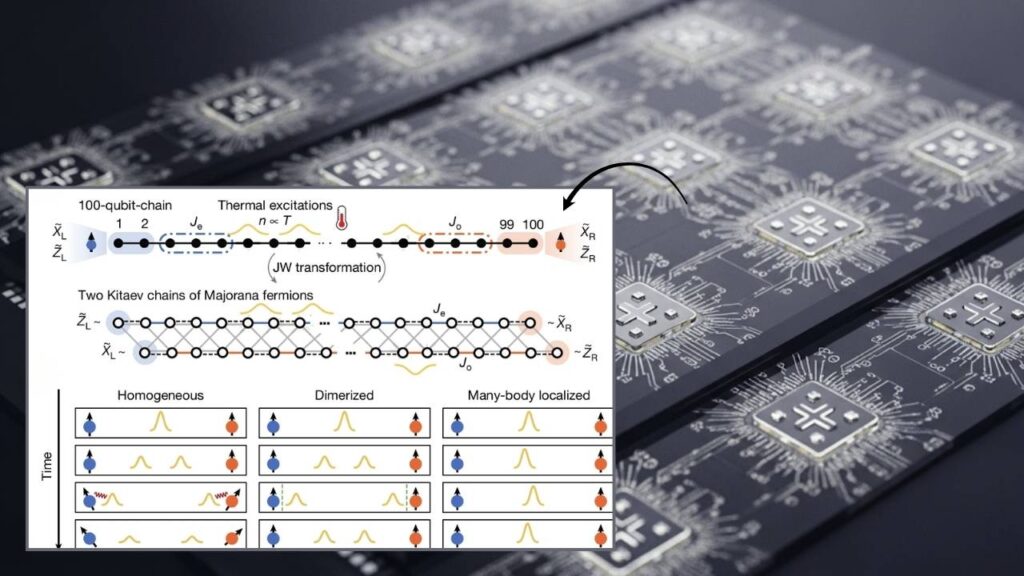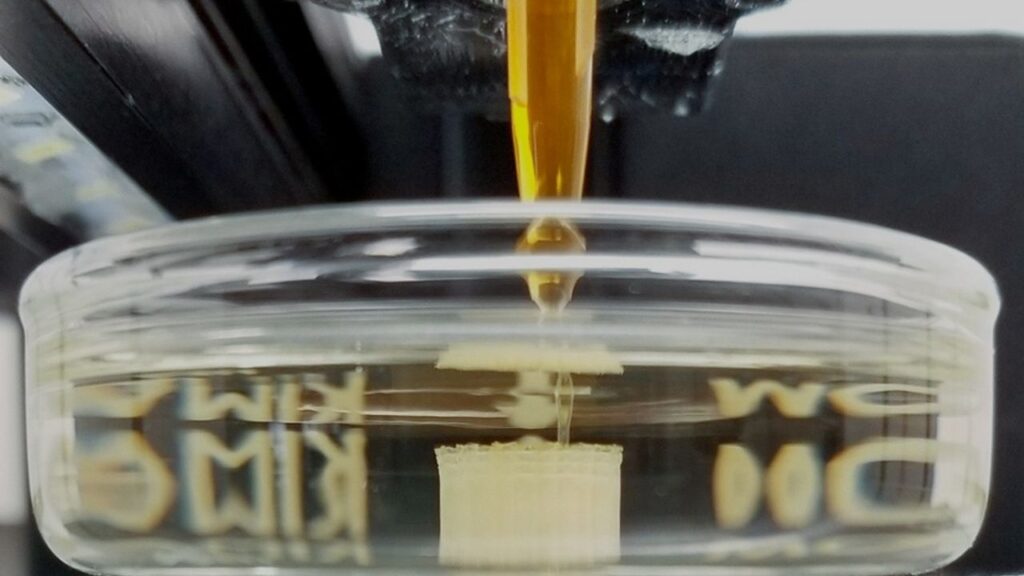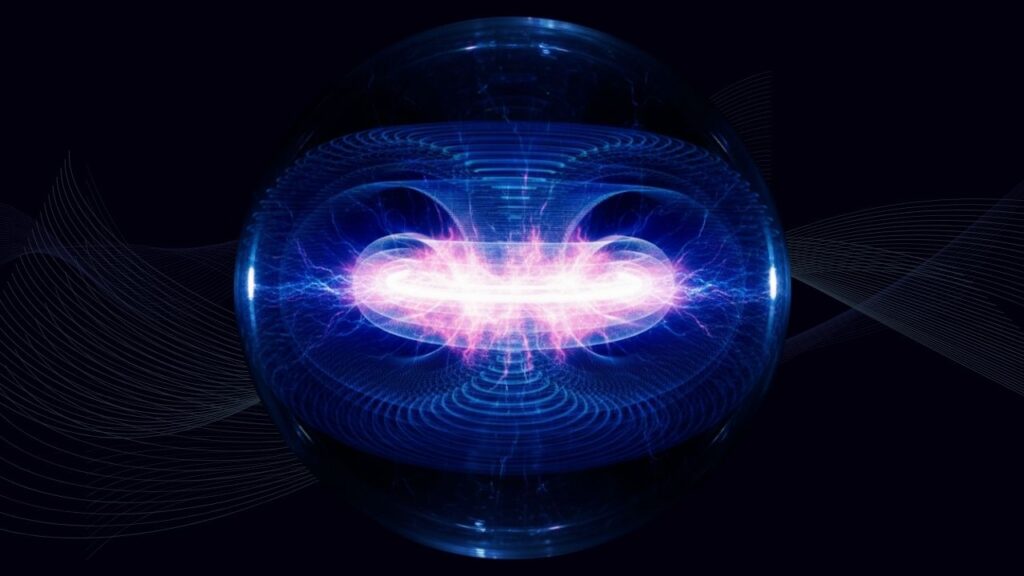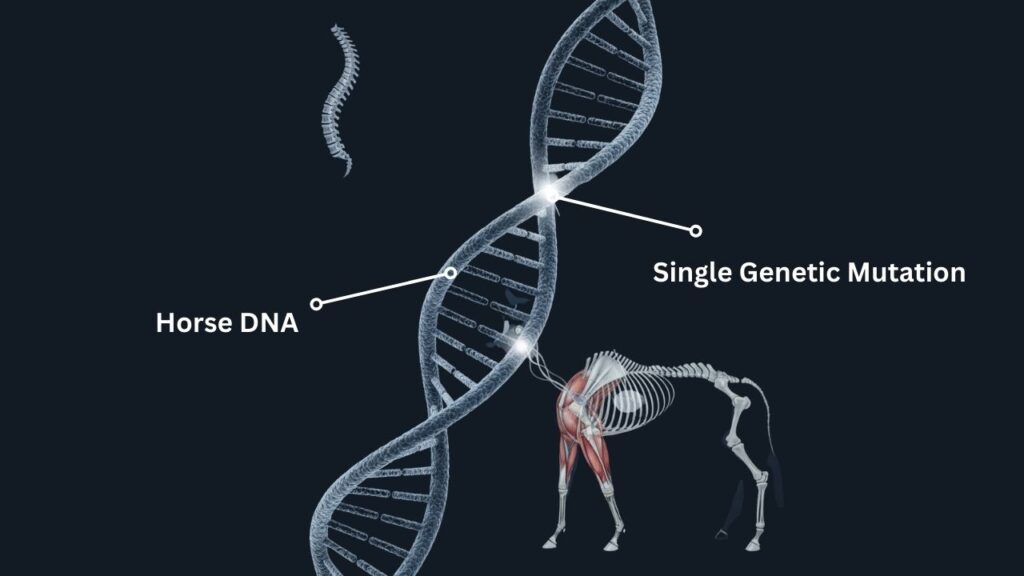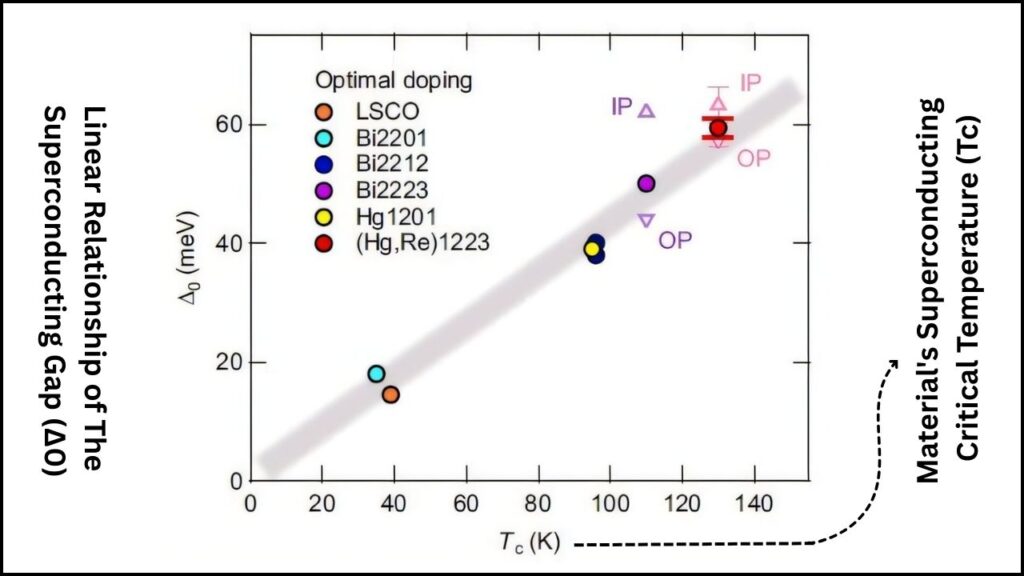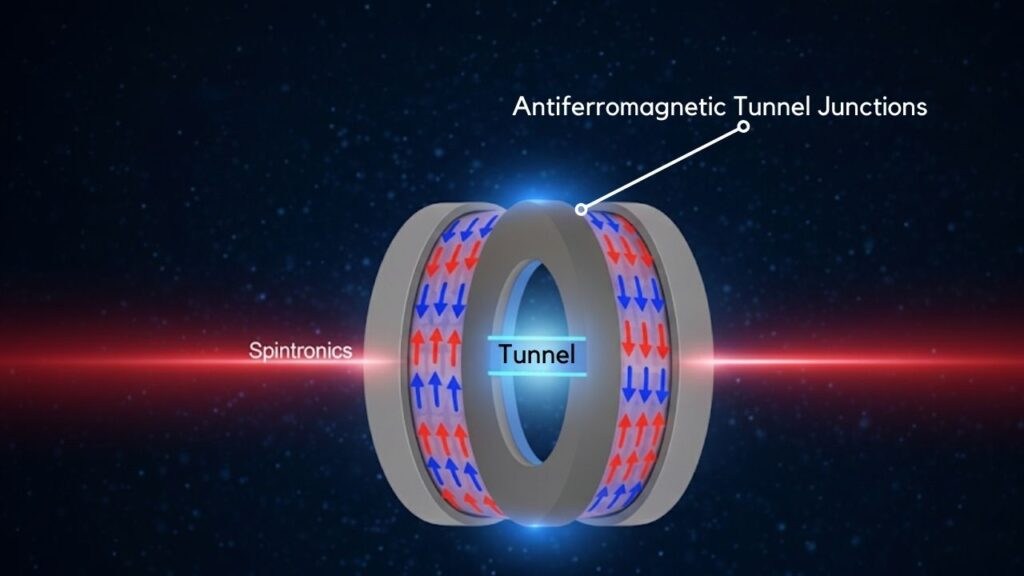Quantum Teleportation Between Computers Achieved for the First Time in History: For decades, teleportation has been a staple of science fiction, capturing imaginations with the idea of instantly moving people and objects from one place to another. In the real world, quantum teleportation is something very different—and even more fascinating. Recently, scientists have achieved the first-ever quantum teleportation between computers, marking a historic milestone in technology and science.

Quantum teleportation is not about moving matter; it’s about sending information using the strange and wonderful rules of quantum physics. Imagine you have a secret message written on a piece of paper. Instead of mailing the paper or sending it by email, you could use quantum teleportation to send the information instantly—without the paper ever leaving your desk. This is now possible, not in science fiction, but in real laboratories around the world.
Table of Contents
Quantum Teleportation Between Computers Achieved for the First Time in History
| Aspect | Details |
|---|---|
| What Happened | First successful quantum teleportation between computers |
| Who Did It | University research teams (e.g., University of Oxford, University of Bristol) |
| How It Works | Uses quantum entanglement and classical communication |
| Accuracy (Fidelity) | Up to 91% in recent chip-based experiments |
| Distance Achieved | Laboratory scale (a few meters), but theoretically unlimited |
| Why It Matters | Enables secure, super-fast quantum networks and advanced computing |
| Career Opportunities | Quantum physicist, quantum engineer, computer scientist, software developer for quantum tech |
| Official Resource | Wikipedia: Quantum Teleportation |
Quantum teleportation between computers is a historic achievement that brings us one step closer to a future of ultra-secure, lightning-fast communication and computing. By harnessing the strange and wonderful properties of quantum physics, scientists are building the technology of tomorrow—today.
Whether you are a curious kid or a seasoned professional, the world of quantum teleportation is full of exciting possibilities. Who knows? Maybe one day, you will be part of the team that makes quantum networks a reality for everyone.
What Is Quantum Teleportation?
Quantum teleportation is a technique for transferring quantum information—such as the state of a tiny particle called a qubit—from one location to another, without physically moving the particle itself. Instead, it uses a special connection known as quantum entanglement. This means that two particles can be linked in such a way that whatever happens to one instantly affects the other, no matter how far apart they are.
Unlike in science fiction, quantum teleportation does not move objects or people. Instead, it moves the information that describes a quantum state. The sender does not even need to know what that state is, and the location of the receiver can be unknown. However, to complete the process, some classical information (like a regular message) must still be sent from the sender to the receiver, which means quantum teleportation cannot happen faster than the speed of light.
How Does Quantum Teleportation Work?
Let’s break down the process into simple steps:
Step 1: Create Entangled Pairs
Scientists create two particles that are entangled. One is given to the sender, and the other to the receiver. These particles are now linked, so that a change in one will instantly affect the other.
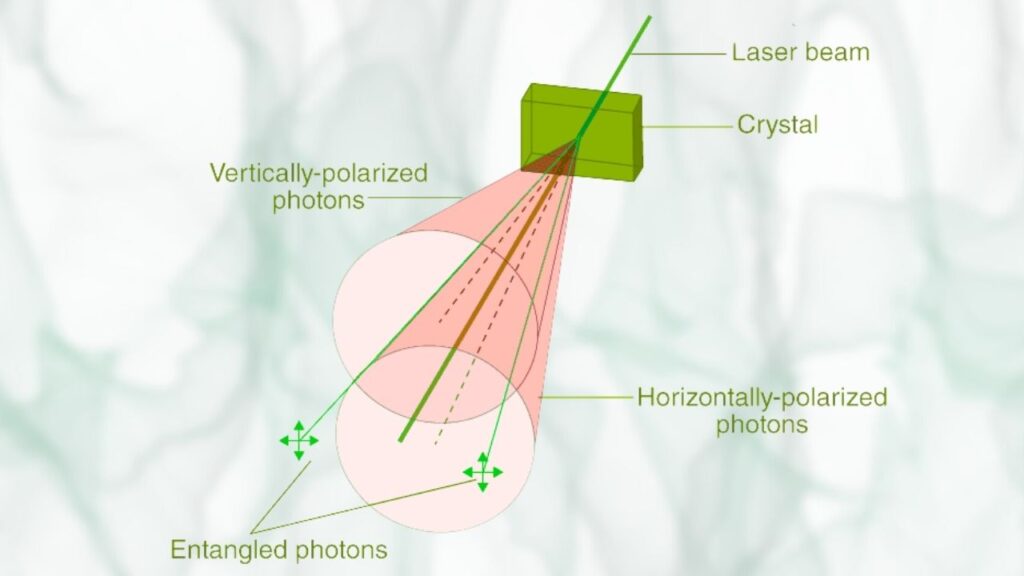
Step 2: Prepare the Message
The sender has another particle—the one whose state they want to teleport. This particle could be in any quantum state, representing a secret code or information.
Step 3: Perform a Joint Measurement
The sender measures their message particle together with their half of the entangled pair. This measurement gives them information about both particles at once.
Step 4: Send Classical Information
The sender sends the result of their measurement to the receiver using regular communication (like an email or a phone call). This step is necessary because, while the qubits are connected by entanglement, the actual information about the state must be sent the old-fashioned way.
Step 5: Reconstruct the State
The receiver uses the information sent by the sender to change their entangled particle. After a bit of quantum magic (actually, just some math and physics), the receiver’s particle becomes an exact copy of the original message particle. Teleportation is complete!
Why Is Quantum Teleportation Important?
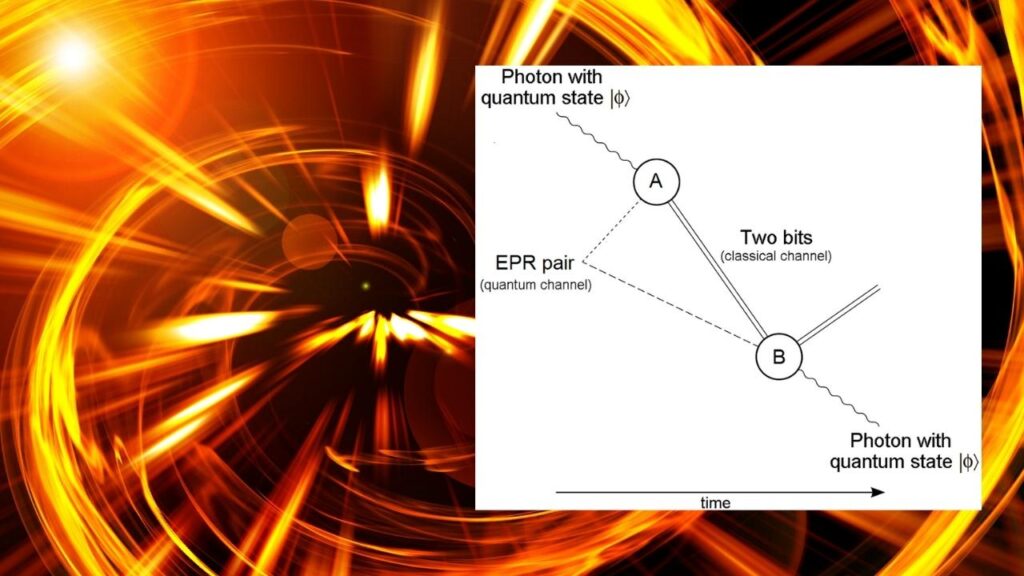
Quantum teleportation is a game-changer for technology and security.
- Super-Secure Communication: Because you cannot copy quantum information without destroying the original, it is nearly impossible for hackers to intercept or steal the data.
- Quantum Computers: By teleporting qubits between computers, scientists can build networks of quantum processors that work together, making super-powerful computers possible.
- Future Internet: Imagine an internet where information is sent instantly and securely, without wires or cables. Quantum teleportation could make this a reality.
Recent experiments have shown that quantum teleportation can work over long distances and even through existing fiber-optic networks, with information being sent over 27 miles while maintaining a high level of accuracy.
Real-World Example: Teleportation Between Computer Chips
In recent years, physicists have demonstrated quantum teleportation between computer chips for the first time. Using entangled photons (particles of light), they sent quantum information from one chip to another with an accuracy of up to 91%. This means that almost all the information made it across without errors.
This breakthrough shows that quantum teleportation is not just a theory—it can work in real computer hardware. It is a big step toward building quantum networks that could one day power the next generation of the internet and supercomputers.
Practical Advice: How Can You Get Involved?
If you are interested in quantum teleportation and quantum computing, here are some steps you can take:
- Learn the Basics: Start with online courses or books about quantum physics and computing.
- Try Coding: Learn programming languages like Python, which are used in quantum computing research.
- Join a Community: Look for science clubs, hackathons, or online forums where people talk about quantum tech.
- Stay Curious: Follow news about quantum breakthroughs and think about how they might change the world.
New Quantum Amplifier Could Revolutionize Secure Communications and Signal Detection
Is the Universe a Giant Computer? New Research Offers Clues About Quantum Gravity
Quantum Algorithms Solve 40-Year Puzzle in Quasicrystal Structure
FAQs About Quantum Teleportation Between Computers Achieved for the First Time in History
Q: Does quantum teleportation mean we can teleport people like in Star Trek?
A: No, quantum teleportation only moves information, not matter or people. It’s about sending the state of tiny particles, not whole objects.
Q: Can quantum teleportation send information faster than light?
A: No, because you still need to send classical information (like an email) to complete the process. This information can’t travel faster than light, so teleportation is limited by the speed of light.
Q: Is quantum teleportation secure?
A: Yes, because you can’t copy quantum information without destroying the original. This makes it very hard for hackers to intercept or steal the data.
Q: How far can quantum teleportation work?
A: In theory, it can work over any distance, as long as the entangled particles stay connected. In practice, scientists have teleported qubits over hundreds of kilometers using satellites, but most experiments are done in labs over a few meters.
Q: What jobs are there in quantum teleportation?
A: Quantum physicists, engineers, computer scientists, and software developers are all needed to work on quantum technologies. There are also roles in research, teaching, and tech companies.
